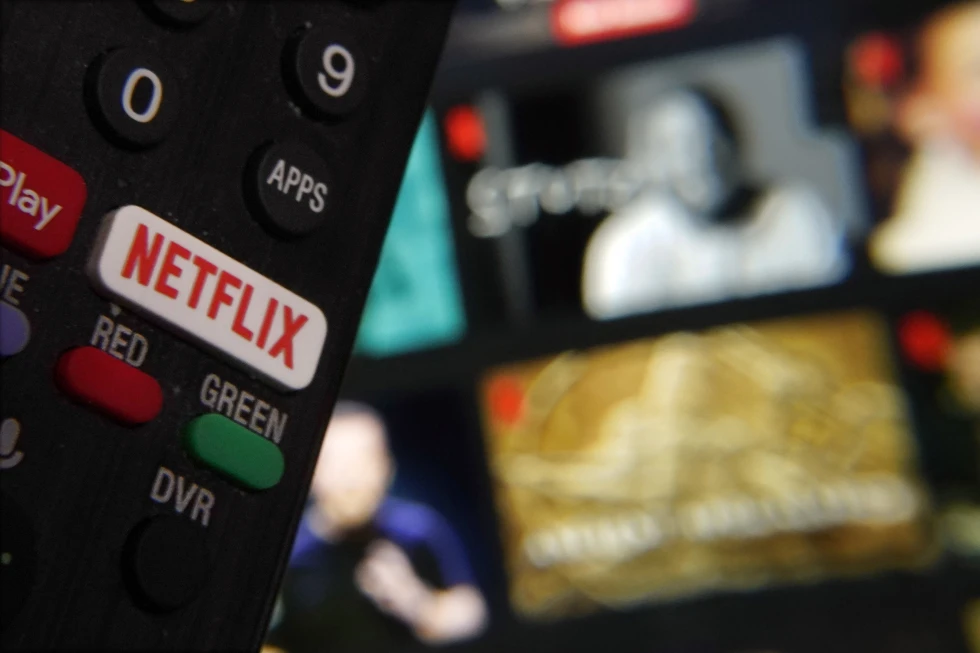Netflix has begun increasing prices in certain countries as the boost in growth from its crackdown on password sharing starts to diminish.
The company informed investors on Thursday that it was “working to enhance our monetisation by adjusting our plans and pricing.” In the past month, it had already raised prices in Japan and some parts of Europe, the Middle East, and Africa. The price hikes in Italy and Spain will commence this week.
This update coincided with the streaming giant reporting a net addition of 5.1 million subscribers over the three months ending in September – the smallest increase in over a year.
Netflix is facing pressure to demonstrate to investors what will fuel growth in the coming years, given that acquiring new subscribers is becoming more challenging due to its already extensive reach.
The last time the company observed signs of a slowdown was in 2022 when it launched a crackdown on password sharing and announced its intention to introduce a new streaming option with advertisements. This action sparked a fresh wave of growth.
Since its launch last year, the company has gained over 45 million new members, boasting a total of more than 282 million subscribers globally.
Analysts anticipate that advertising will eventually become a significant revenue stream for Netflix.
However, the company has indicated that it is still in the early stages and cautioned investors not to anticipate it driving growth until next year despite many subscribers opting for the ad-supported plan.

According to Netflix, the ad-supported plan, the company’s least expensive option, represented 50% of new sign-ups in the locations it was available in the most recent quarter.
Even without a boost from advertising, Netflix reported that revenue in the July-September period increased by 15% compared to last year, exceeding $9.8 billion. It also recorded a profit of over $2.3 billion.
Last year, Netflix raised prices in the UK and the US, affecting only specific plans. The price of its popular “standard plan” without ads has remained unchanged since 2022.
Historically, the company has occasionally experimented with pricing in smaller countries before implementing changes in major markets, such as the US and UK.


